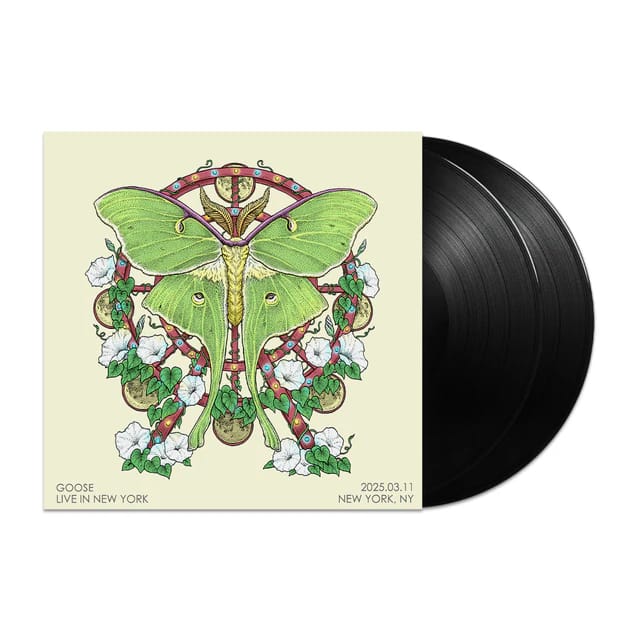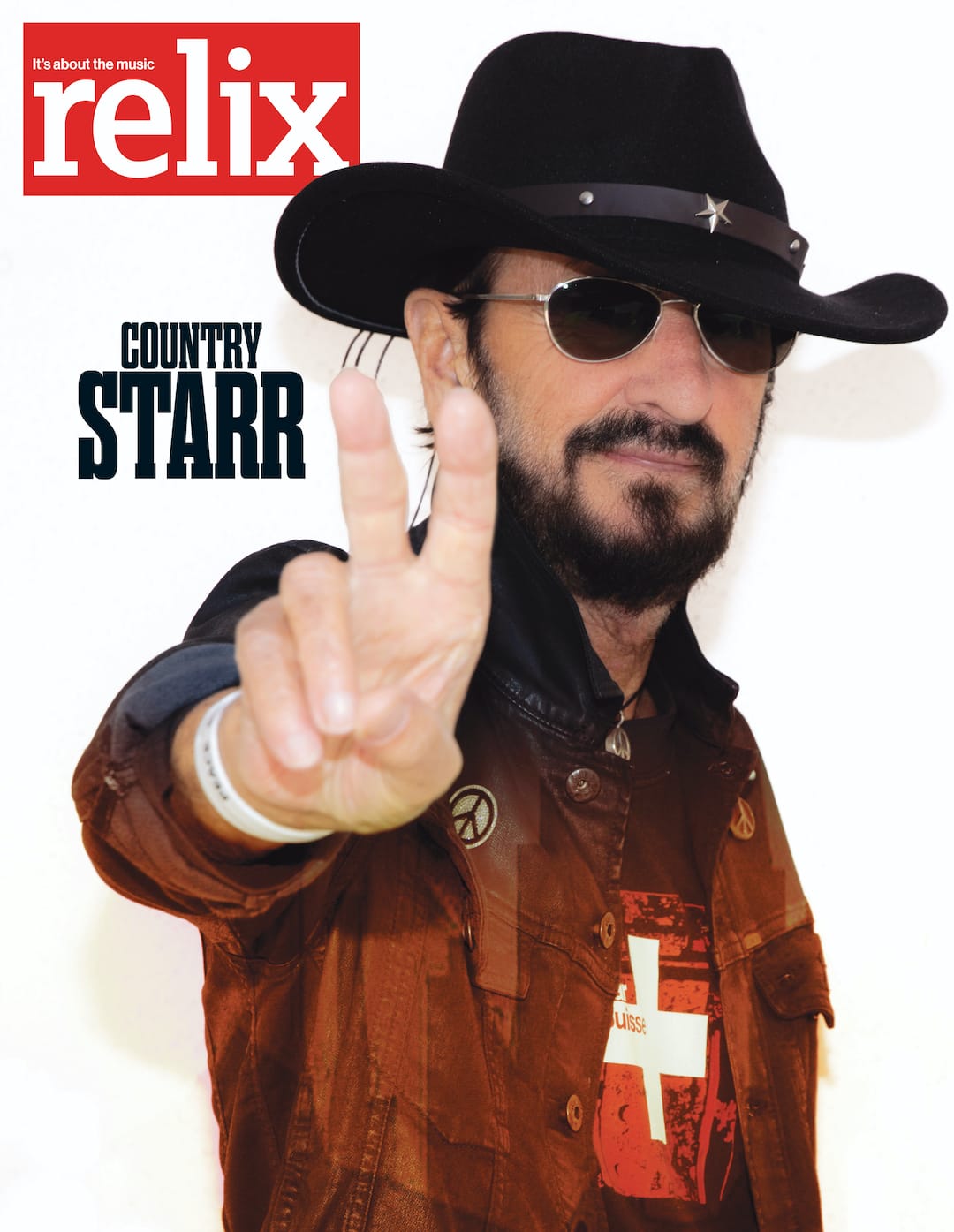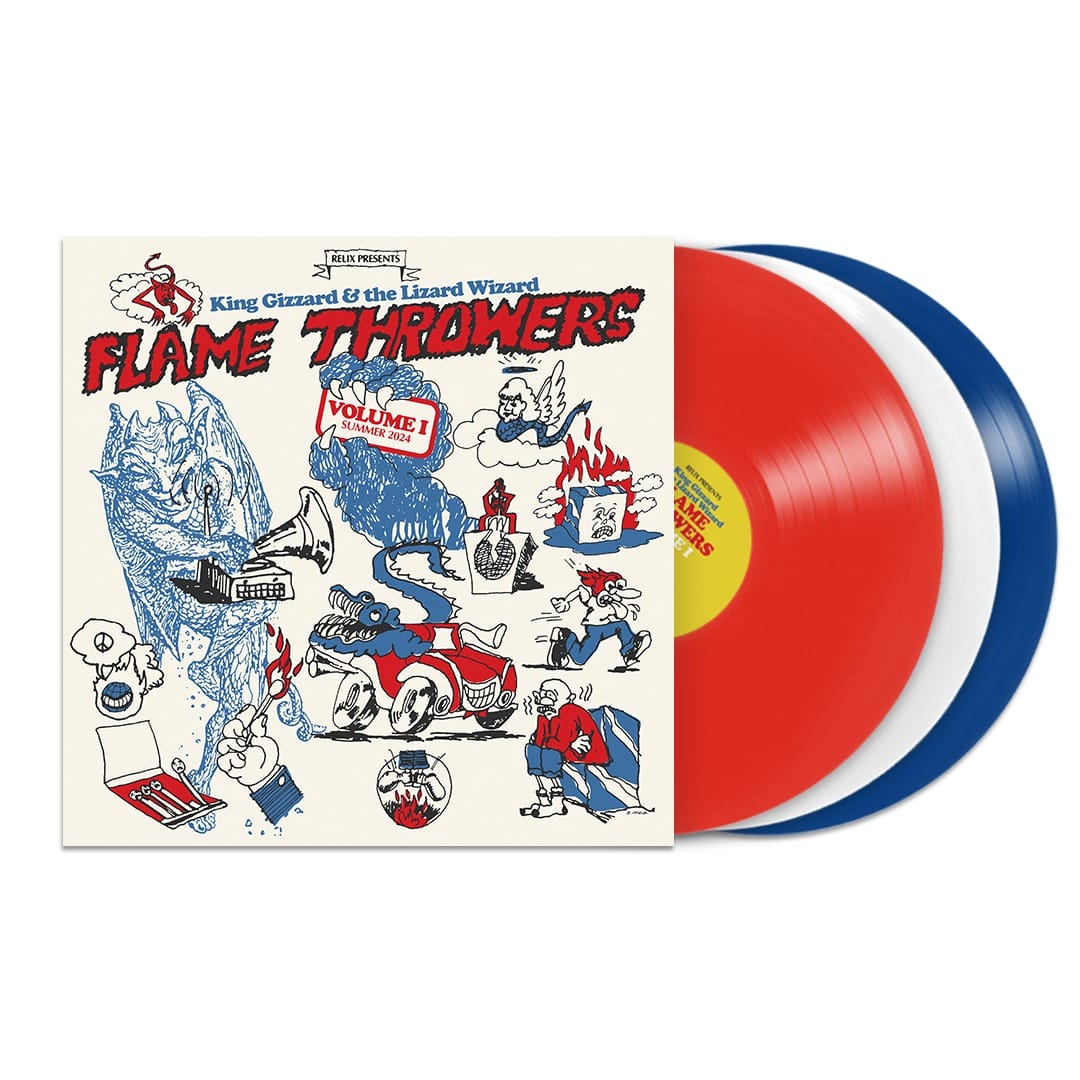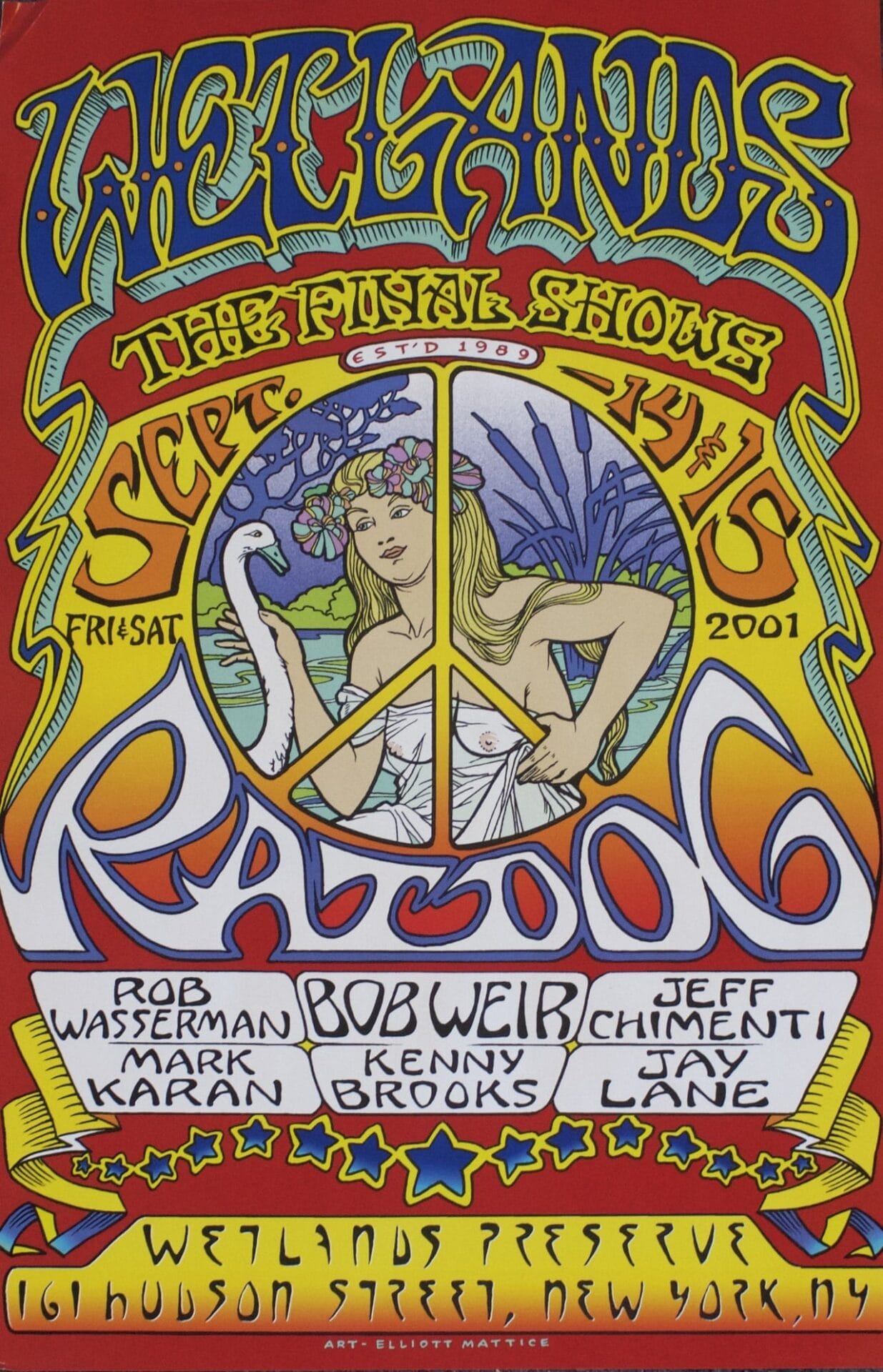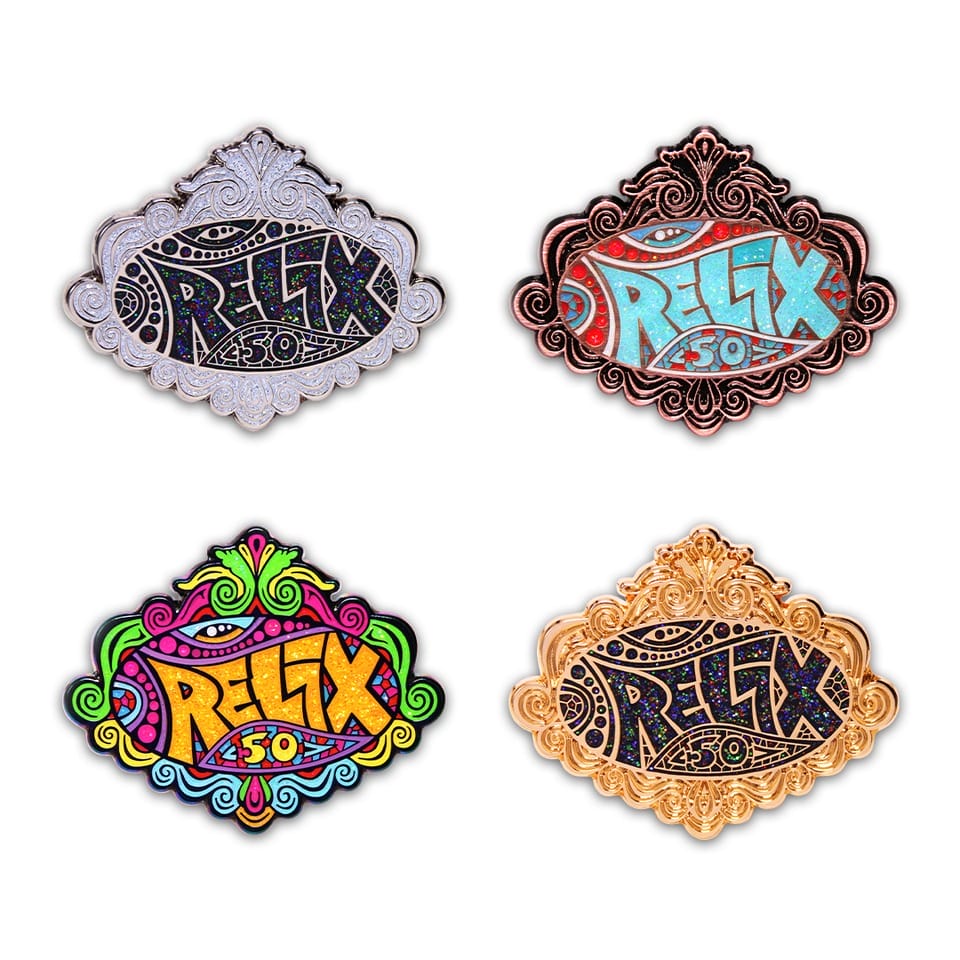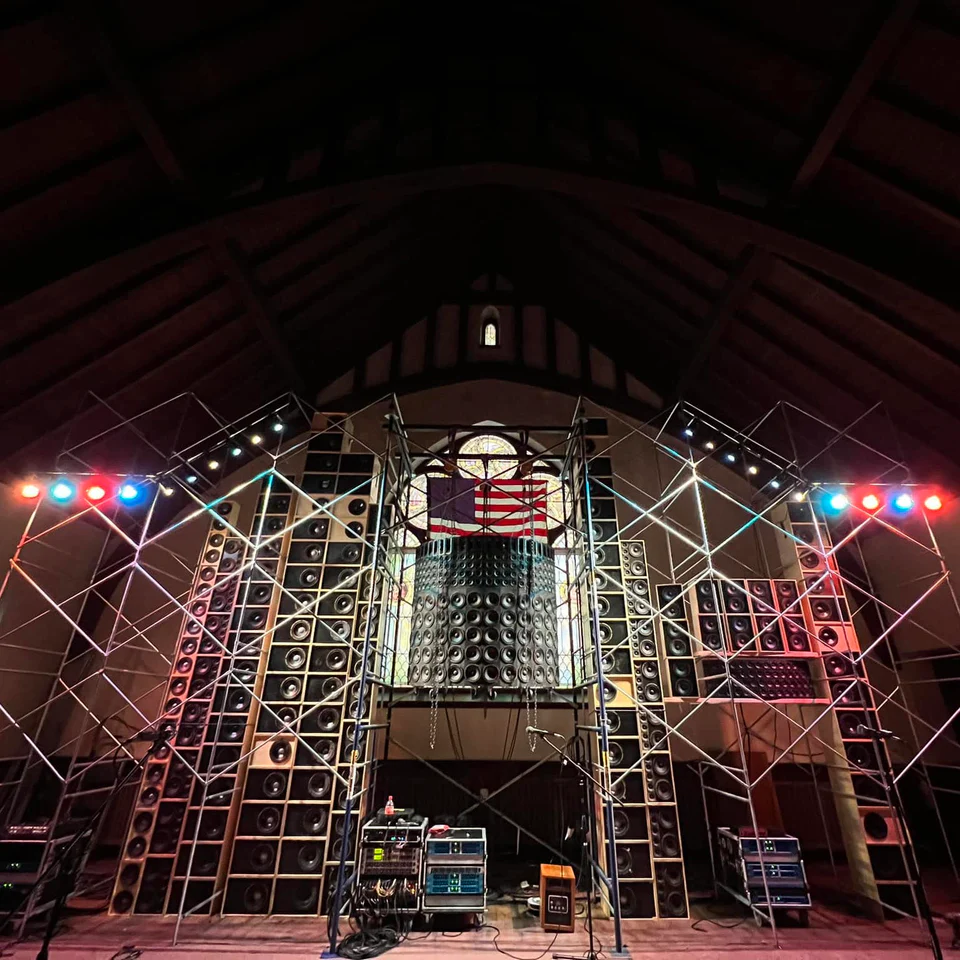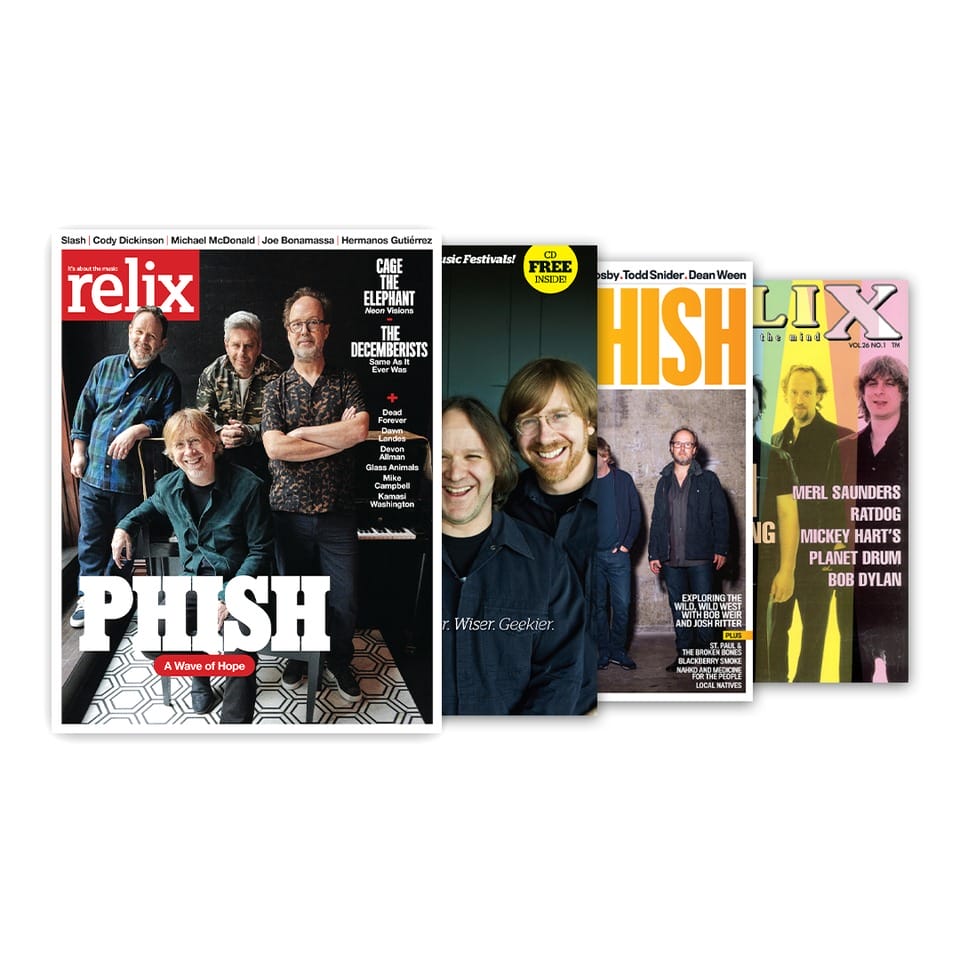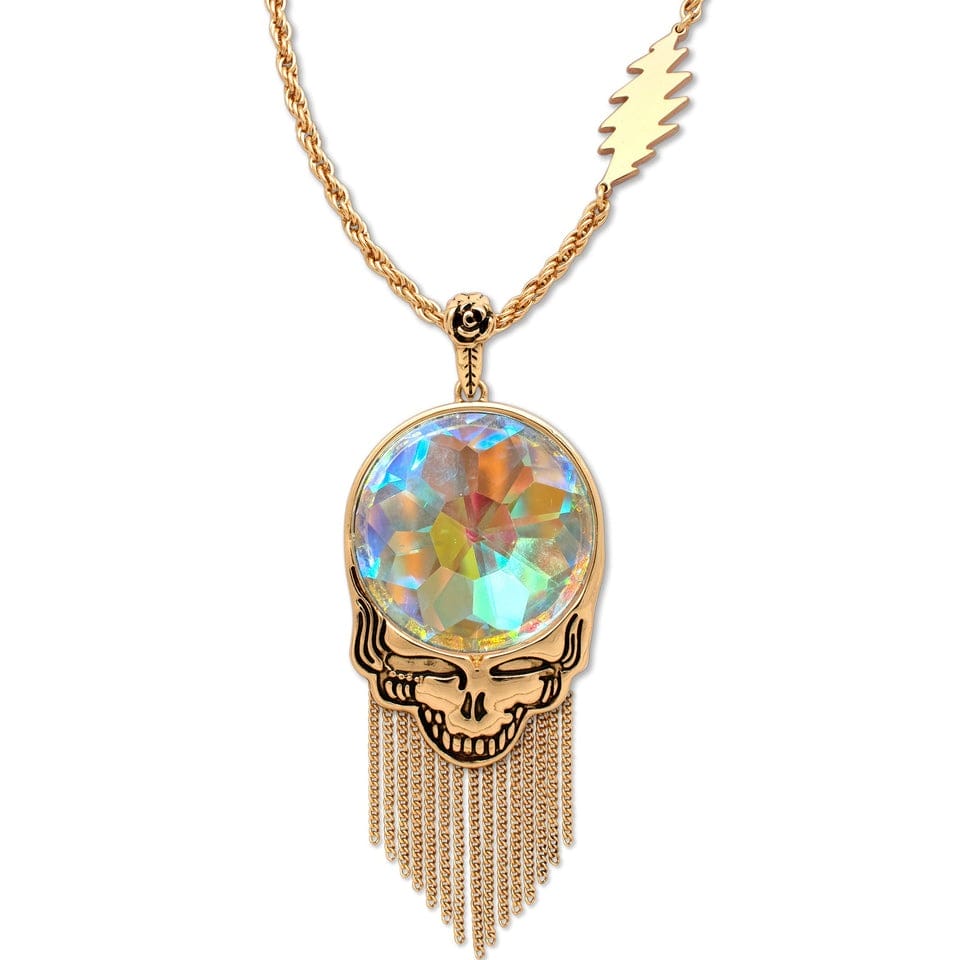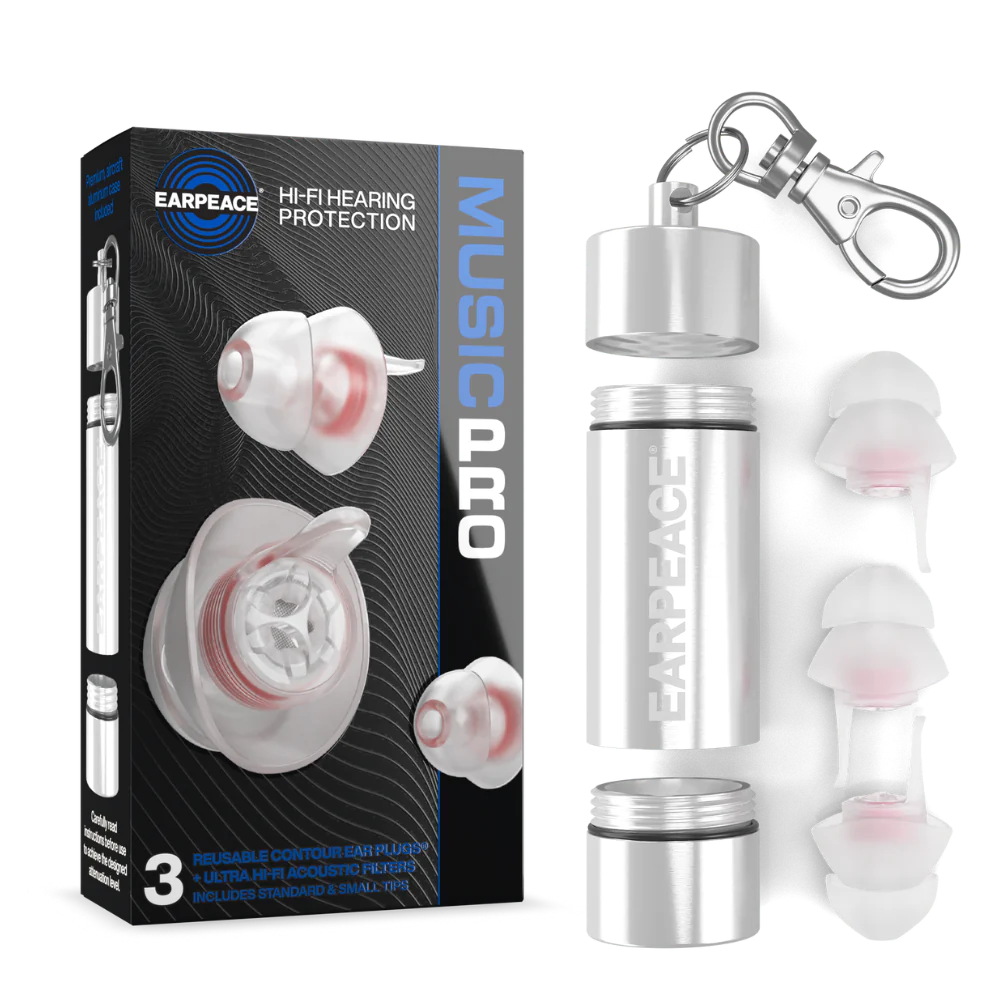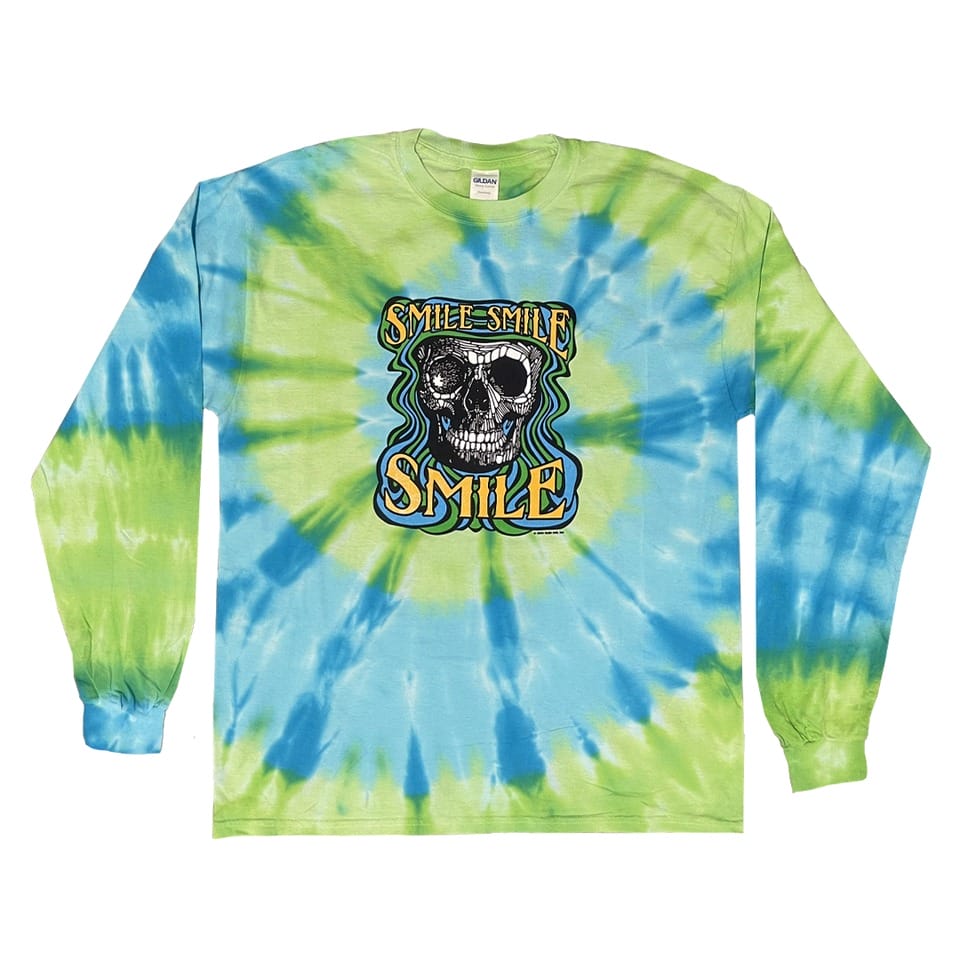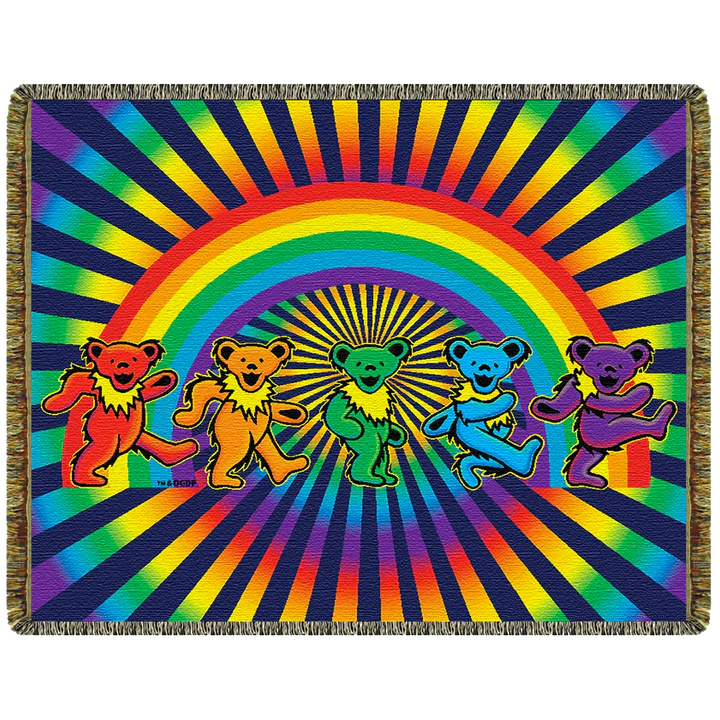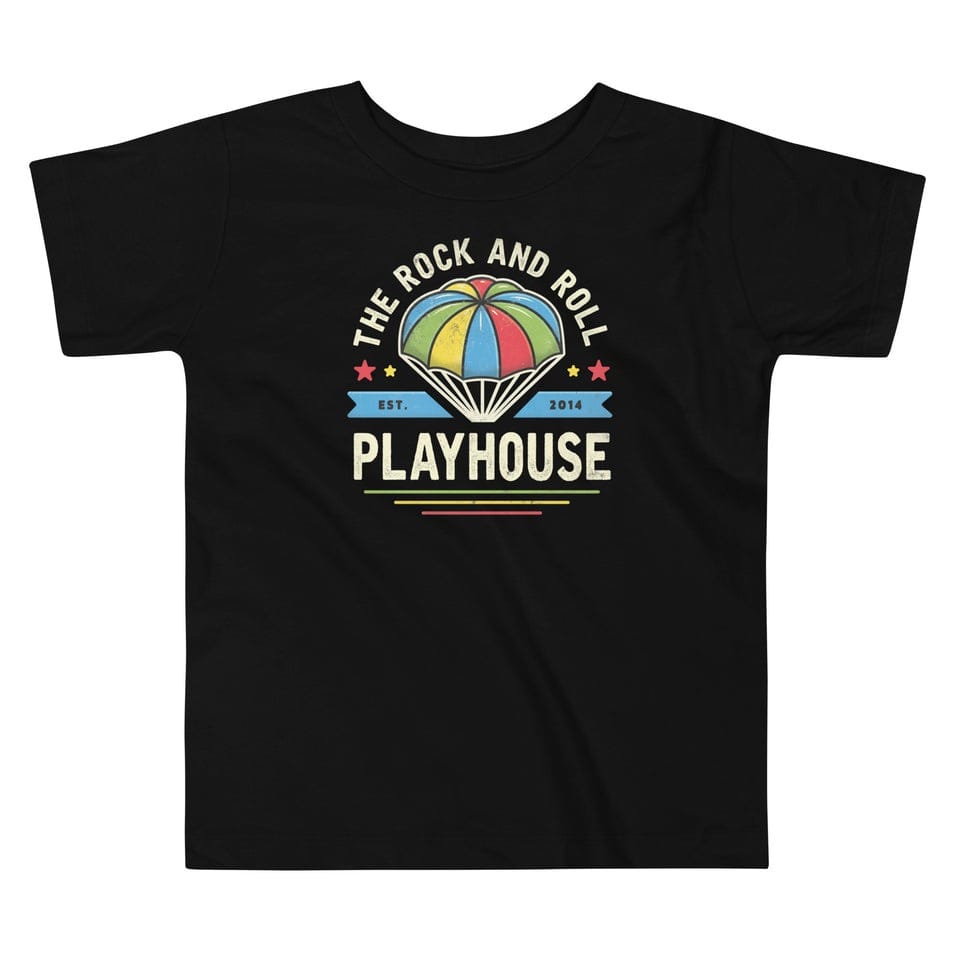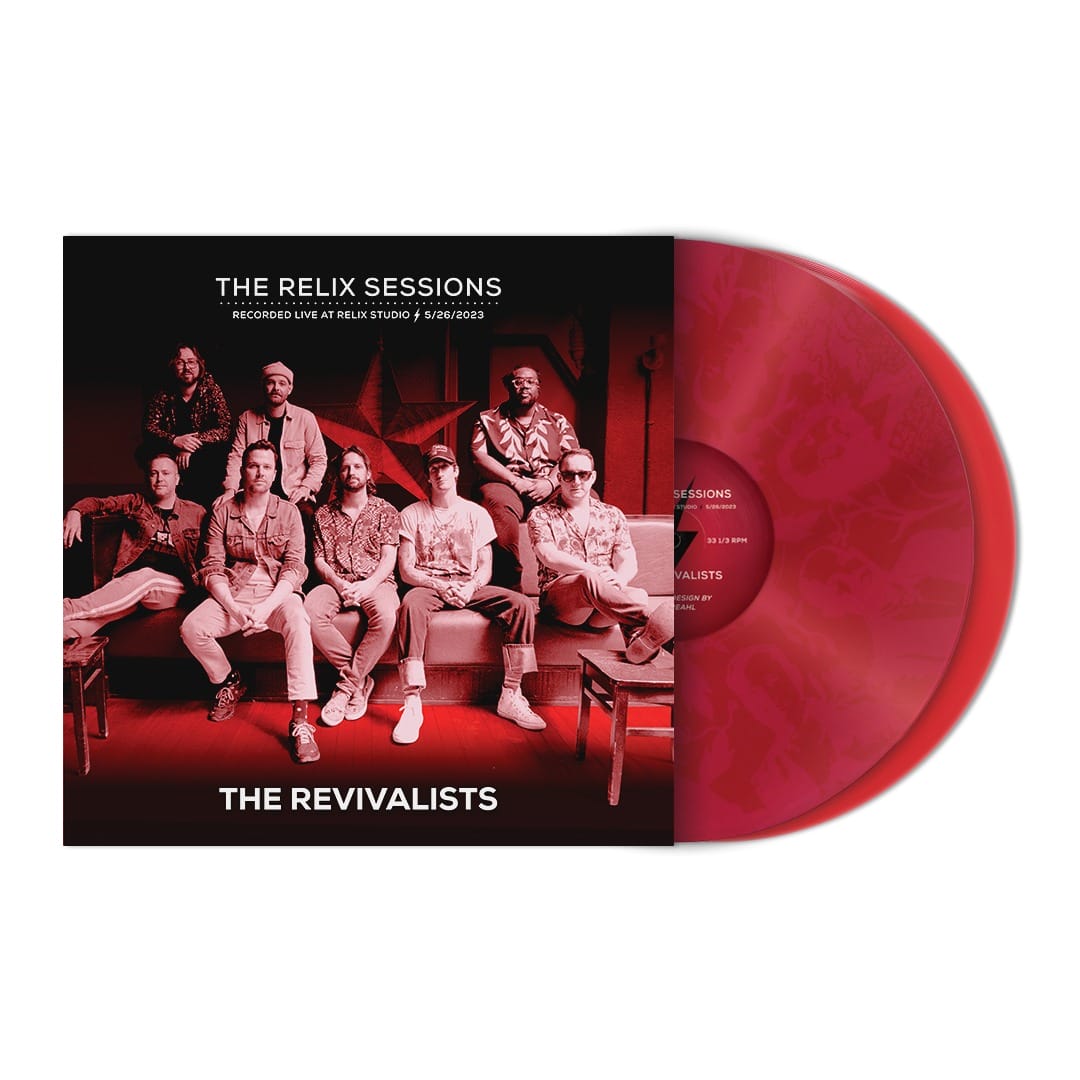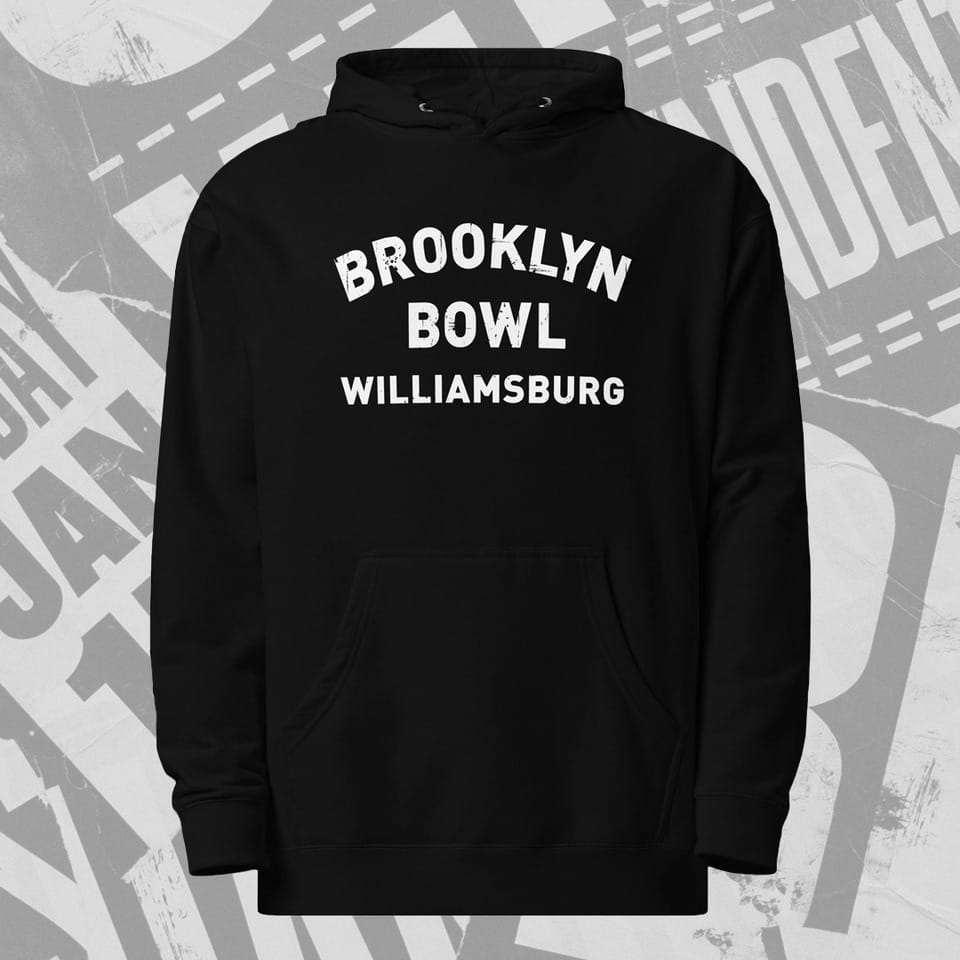My Page: Jesse Malin “Homeward Bound”
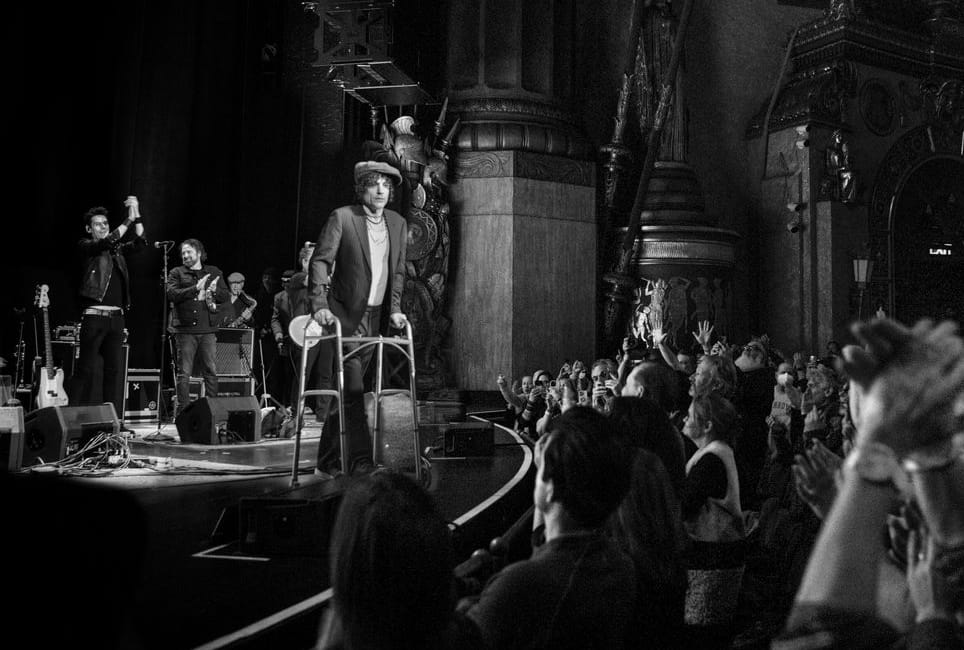
Photo: Vivian Wang
***
The first time I ever went on stage was at my elementary school talent show. I was 10 years old and dressed as Gene Simmons of Kiss. I wrapped my legs and arms in tinfoil, spit Heinz Ketchup and used baby Desitin on my face for white makeup. The kids went nuts. That was it. This was what I wanted to do with the rest of my life.
As a kid, I watched The Uncle Floyd Show. It was live and spontaneous. If their bits started to fail, then they’d fall on the floor and roll around. That stuck with me—if my shows weren’t connecting with the crowd, I’d go into the audience, jump off the stage, dance on tables or stand on the bar like The Uncle Floyd Show.
In May 2023, on my way to dinner with some friends to celebrate the life of D Generation bass player Howie Pyro, I started to feel burning in my legs and back. I had a spinal stroke and became paralyzed from my waist down. The doctors didn’t have a lot of optimism. Since my hardcore days in the band Heart Attack, I’ve been attracted to something called PMA—Positive Mental Attitude. Now my PMA was really going to be challenged.
After three months in the hospital, I realized that I would never be able to return to my apartment, which was, of course, a downtown walkup. I stayed in hotels, and my insurance did not cover a lot of the medical help that I needed—equipment, physical therapy and nursing. A friend suggested an inexpensive clinic in Buenos Aires, Argentina for stem cell treatment and extensive physical therapy.
The idea of living there for six months was frightening. I couldn’t walk and I couldn’t speak the language. I love traveling the world, but that’s with my band—just going above 14th Street gives me the heebie jeebies most of the time.
I was up for it—I needed to get my body back. My therapist helped get me up on a walker, slowly, with braces up to my thighs. After months in the hospital, followed by six months in Buenos Aires, I came back to New York City and sat with my band. It was emotional and traumatic. We were a family. We used to play all the time, and I kept the same lineup for many years. That’s not easy to do. Everyone in my life, including my fans, was beyond supportive. But, it was still terrible not to physically get around, and I couldn’t go back to work. What was I gonna do? At least I could still play guitar and sing, even if it was in a wheelchair.
My manager suggested a show in New York—a benefit combined with Sweet Relief, the organization that has been helping artists in need for 30 years. They have it down and they care a lot. The Beacon Theatre sold out in a few hours, so we added a second night. These would be the largest headlining hometown shows I had ever play. I set goals, like Rocky Balboa. I worked every day. I played guitar, sang in my room and wrote the setlist. I told my therapists that I wanna stand up and sing, with my braces and everything. They were supportive and set up a mic stand in my living room— not to record or sing, but to learn to stand. At first I fell, but gradually I built up my body so that I could hold on to that mic for dear life and sing a few songs. Though, a month before the first show, I did fall while practicing, and I was luckily caught by my guitar tech.
Finally, the big night was here. People traveled from all over the world to be at these shows, including friends and artists. These were two of the most emotional days of my life, and they touched my heart in the biggest way. I wore my sunglasses, so I wouldn’t be caught crying during the opening song. There was no handicap bathroom in the backstage area, so I was in my own room seven f lights up.
Everything had to be timed because there was a union clock ticking, and we could lose all the money we were gonna raise. Everything had to work out. I had help from a team that worked with me for years. As Henry Rollins says, don’t ignore the road crew. They are the people that make the show happen. Those are the real heroes.
Everybody that carried something or was there to run sound, lights or the backline, they all put so much into it, like I’d never seen before. I came down the elevator, moved across the stage, sat behind the curtain, waited, took a breath and a sip of my water, and looked at the mic stand that I’d soon hold.
I sat on stage in front of the curtain. Michael Imperioli gave us a beautiful introduction. The curtain went up and there was silence. There in front of me was a standing ovation. I cried in that chair, clutched my acoustic guitar and sang the first line, “I don’t know how you found me here,” from my song “I Would Do It for You.” I later put down my guitar, leaned forward, held the mic stand and practiced what I had done in my apartment hundreds of times. I shot into the air. There was silence, then applause—some gasps. I just yelled out, “Yeah! Let’s do this,” as my guitar player Derek hit the chords of “She Don’t Love Me Now.”
Even though I had returned to New York City months before, that night at the Beacon, I was finally home. I wanted to stay there for as long as possible. These shows have been a lesson in humility, humanity and the generosity of people. I learned how to receive. The music community supports people in need like no other group I know. And I don’t mean just the artists—I mean all of us. We are all part of this together. Thank you.
***
The all-star tribute album, Silver Patron Saints: The Songs of Jesse Malin is out now via Glassnote. All proceeds benefit Malin’s healthcare. His forthcoming show Silver Manhattan: A Musical Guide to Survival will debut at the Gramercy Theatre in September.


